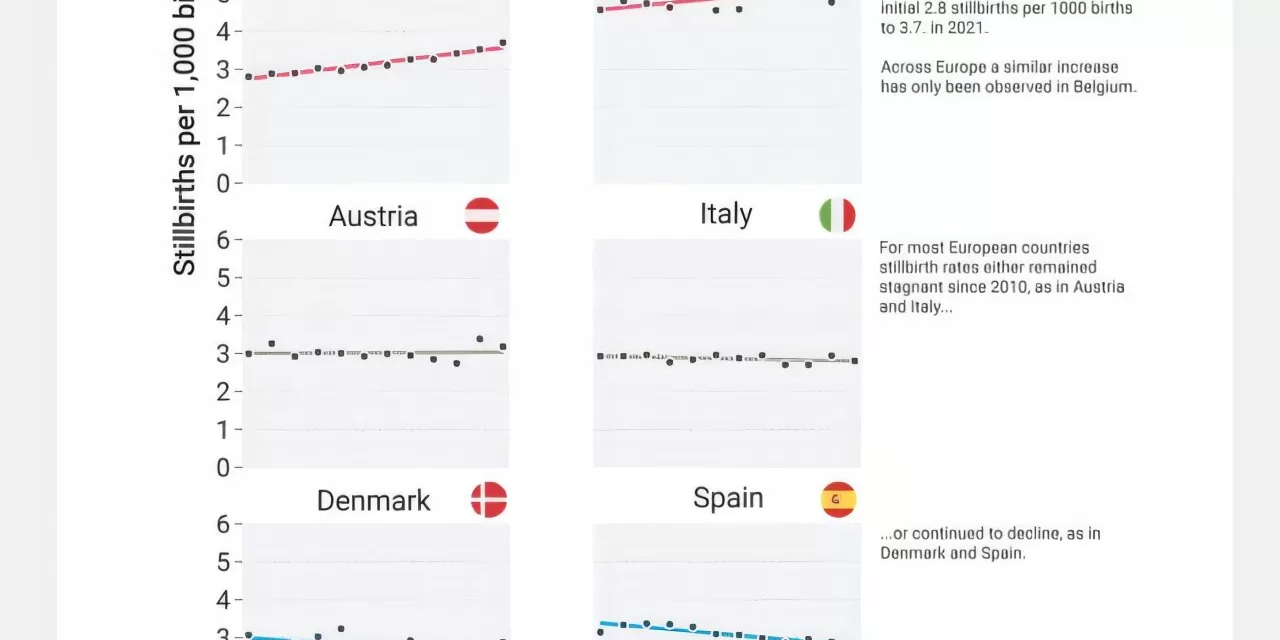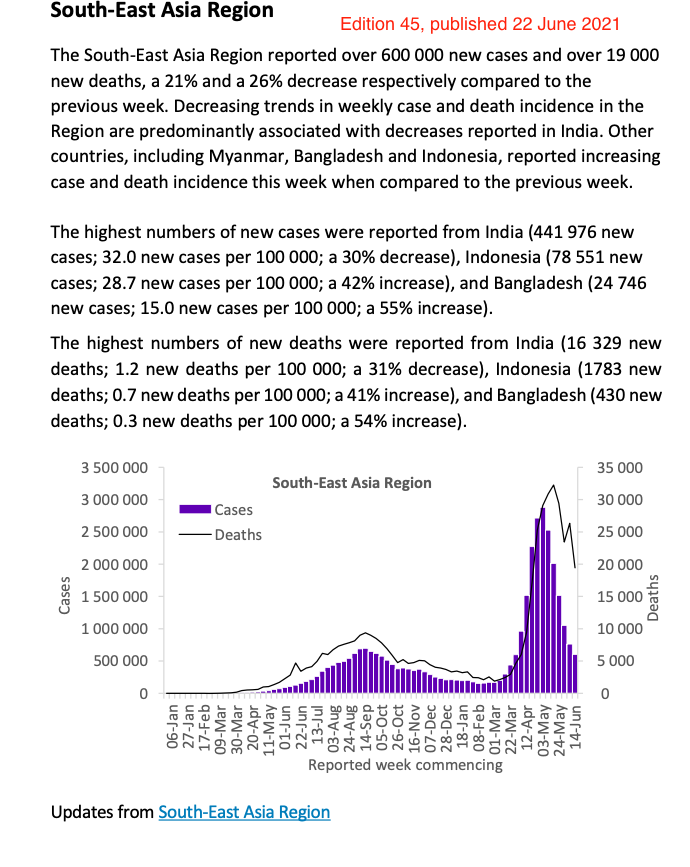The stillbirth rate across Europe has been steadily improving over the past few decades. However, Germany and Belgium stand out as exceptions, experiencing a significant rise in stillbirths since 2010, while other European countries have seen declines or stability.
Researchers from the Max Planck Institute for Demographic Research (MPIDR) have explored various factors that might contribute to these trends, such as increasing maternal age and the frequency of multiple births. However, their findings, recently published in the European Journal of Public Health, suggest that these factors explain only a small portion of the observed variations.
Trends in Stillbirth Rates Across Europe
While most European nations have successfully reduced their stillbirth rates to below three per 1,000 live births, others, like Germany and Belgium, have seen an increase. In Germany, the stillbirth rate rose from 2.8 per 1,000 births in 2010 to 3.7 in 2021. Belgium witnessed a similar increase, from 4.6 to 5.6 over the same period. Conversely, Spain and Denmark saw declines, while Austria and Italy have maintained stable rates.
Investigating Possible Causes
To understand these disparities, the researchers analyzed data from the Euro-Peristat network, a European public health monitoring initiative. They examined stillbirth rates based on maternal age and multiple births, adjusting the data to ensure uniform comparisons across countries.
Although advanced maternal age is linked to higher risks of stillbirth, the study found that this demographic shift alone does not fully explain the rising rates. Similarly, while the proportion of multiple births—another risk factor for stillbirth—has declined in most European countries, this decrease has not been sufficient to offset the rising trend in Germany.
The Need for Further Research
Despite these findings, the precise reasons behind Germany’s increasing stillbirth rate remain unclear. One possible explanation in Belgium is changes in the reporting of late abortions, which may have contributed to the rise in recorded stillbirths. However, more research is necessary to determine other contributing factors.
The researchers emphasize the importance of continued investigation. Stillbirth rates are a key indicator of a country’s healthcare quality. As Maxi Kniffka of MPIDR states, “If stillbirth rates are no longer falling, or are even rising, as in Germany, deeper exploration into the underlying causes is warranted.”
Conclusion
The study underscores the need for further research into stillbirth trends and their potential causes. Understanding these factors could help policymakers and healthcare providers implement more effective interventions to prevent stillbirths and improve maternal and infant health outcomes.
Disclaimer: This article summarizes research findings and does not provide medical or healthcare advice. Individuals concerned about maternal health should consult healthcare professionals for guidance.











